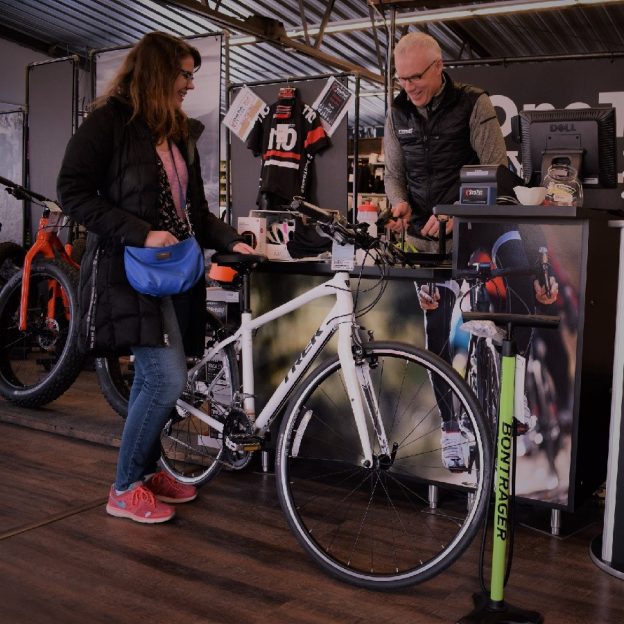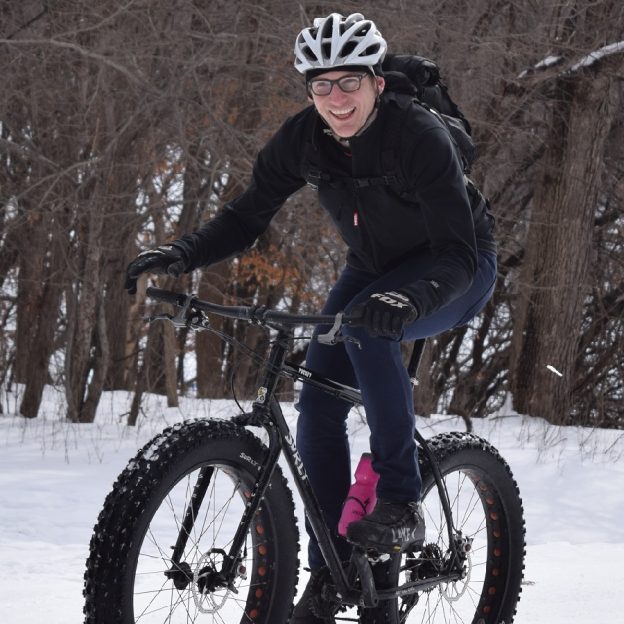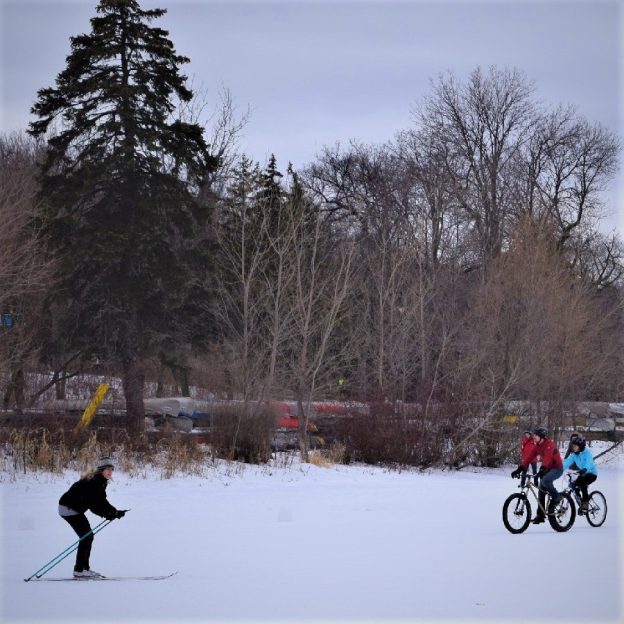Category: News
-
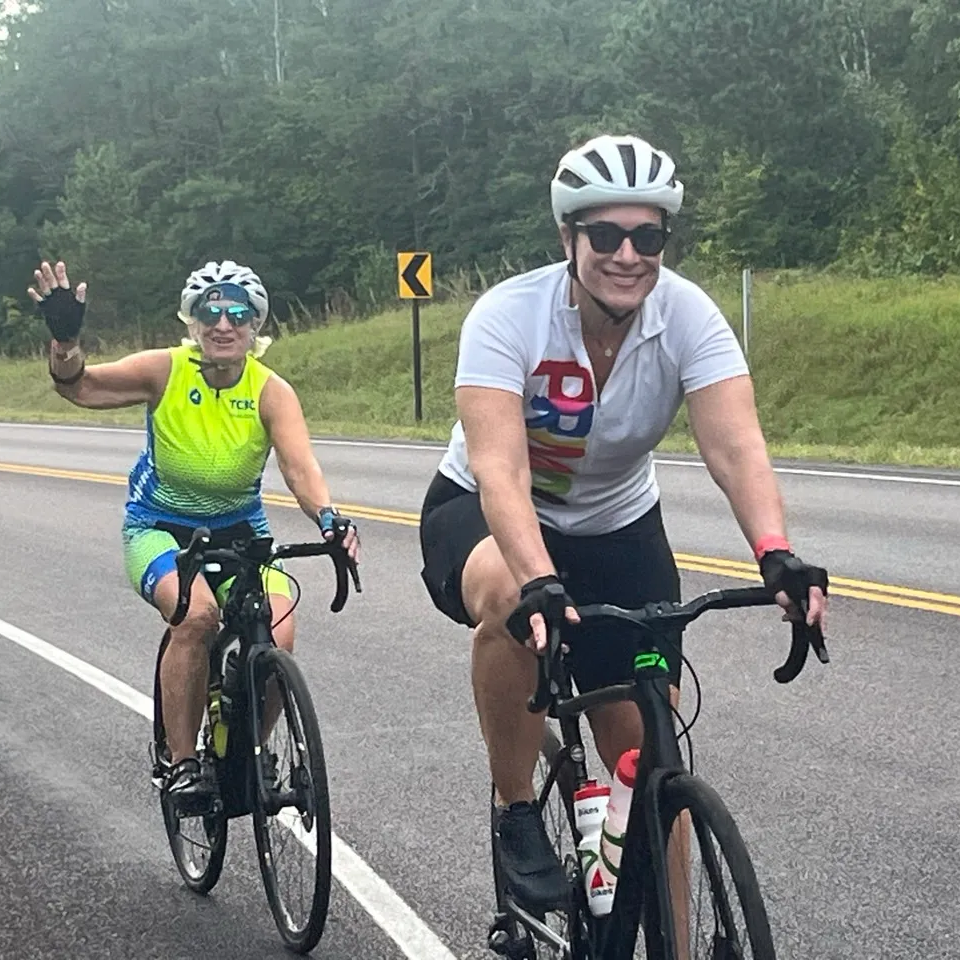
Bike tour enjoys an endless adventure in the Brainerd Lakes Area
This year’s Bike Around Minnesota Endless Adventures, highlights riders pedaling 230 unforgettable miles over four spectacular days. While touring the heart of the Brainerd Lakes Area. Enjoying overnight stops in Pequot Lakes, Pine River, Emily, and historic Aitkin on the Mississippi River. Where cyclists experienced the very best of Minnesota’s lakes, forests, and small-town charm—including…
-

Winter riding fun with these easy cold weather tips
I can’t fight it any longer; my powers of denial are only so strong. Despite my best efforts, a change is coming, and I can do nothing to stop it. That’s right, winter is here. We just experienced a real cold snap, and snow is coming. While I can’t stop the cold elements from hitting…
-
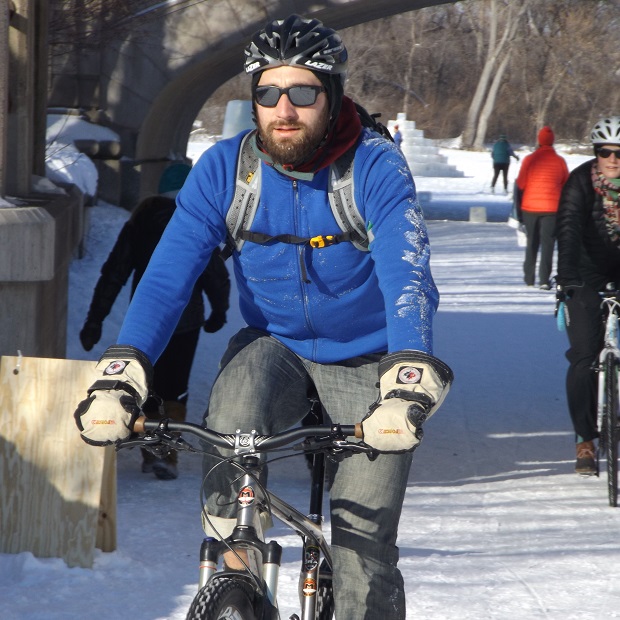
A plow app for Minneapolis trails after it snows
Minnesota cyclists are a hardy bunch, but ice and snow-blocked trails can put the brakes on many commutes and rides. Again this year, ready for winter weather, the Minneapolis Trail Plowing Status Map App is live and worth checking when it snows. In the app’s fourth year, transponders mounted on the city’s snow removal equipment…
-
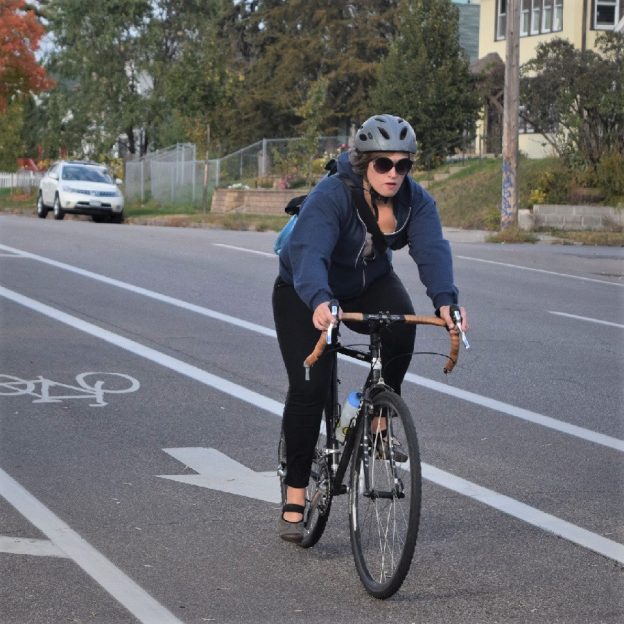
Make a resolution, 2026 could be your best bike year ever!
After all the presents are opened, and the last cookies disappear, many of us focus on the year ahead. More specifically, many of us begin the annual task of developing New Year’s resolutions for ourselves. Why not resolve to make this year your best year for bike riding by starting now?
-
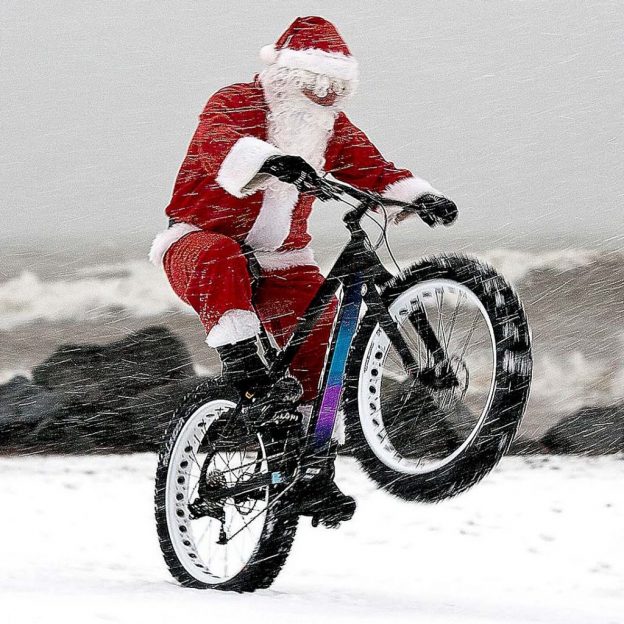
Holiday gift ideas for that active person
Find the perfect holiday gift for that active outdoor person in your life with our growing list of ideas at HaveFunBiking. We have lined up many gift-giving options for that special someone in your life.
-
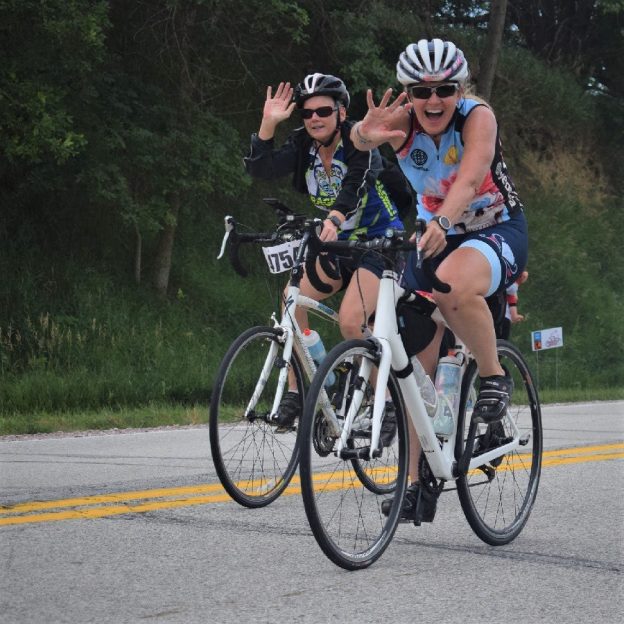
Change is good for multi-day touring in Minnesota
After 52 years of offering multi-day bicycle touring rides throughout the state, Tour of Minnesota is changing its route format. Rather than running the annual bike ride as a “loop” or a “point to point” tour, between overnight towns. The tour, formerly known as the Klobuchar Ride, will now include two-night stays in each of…

